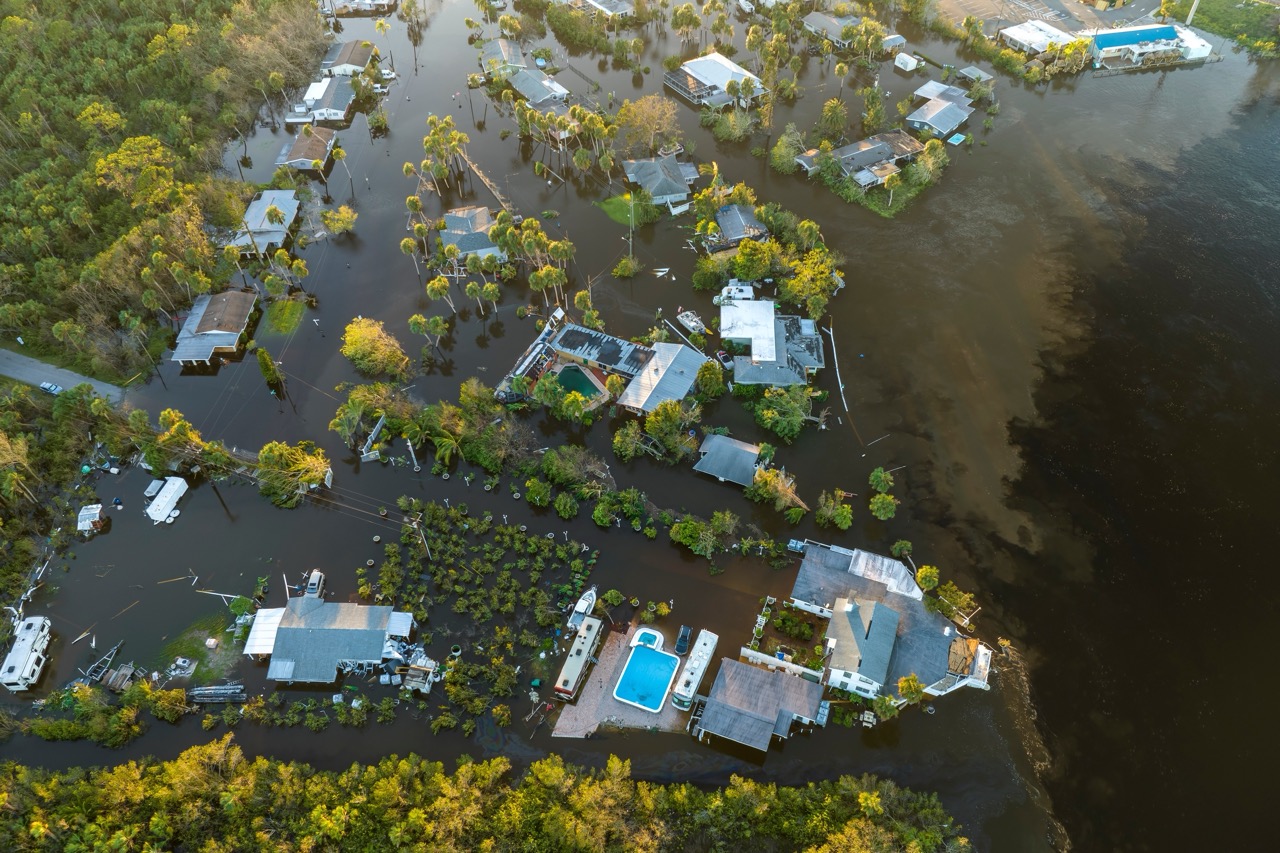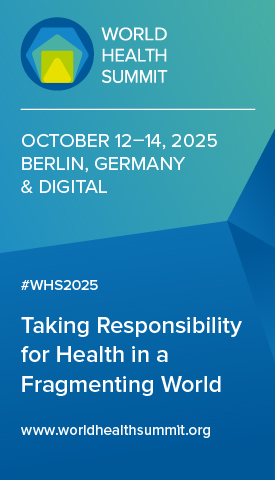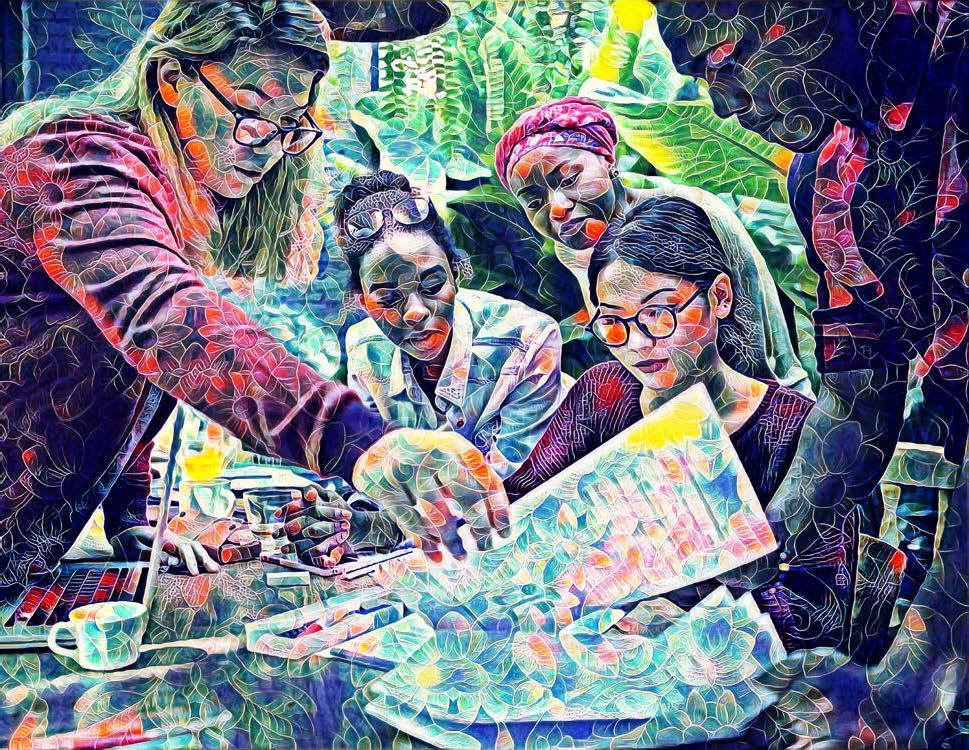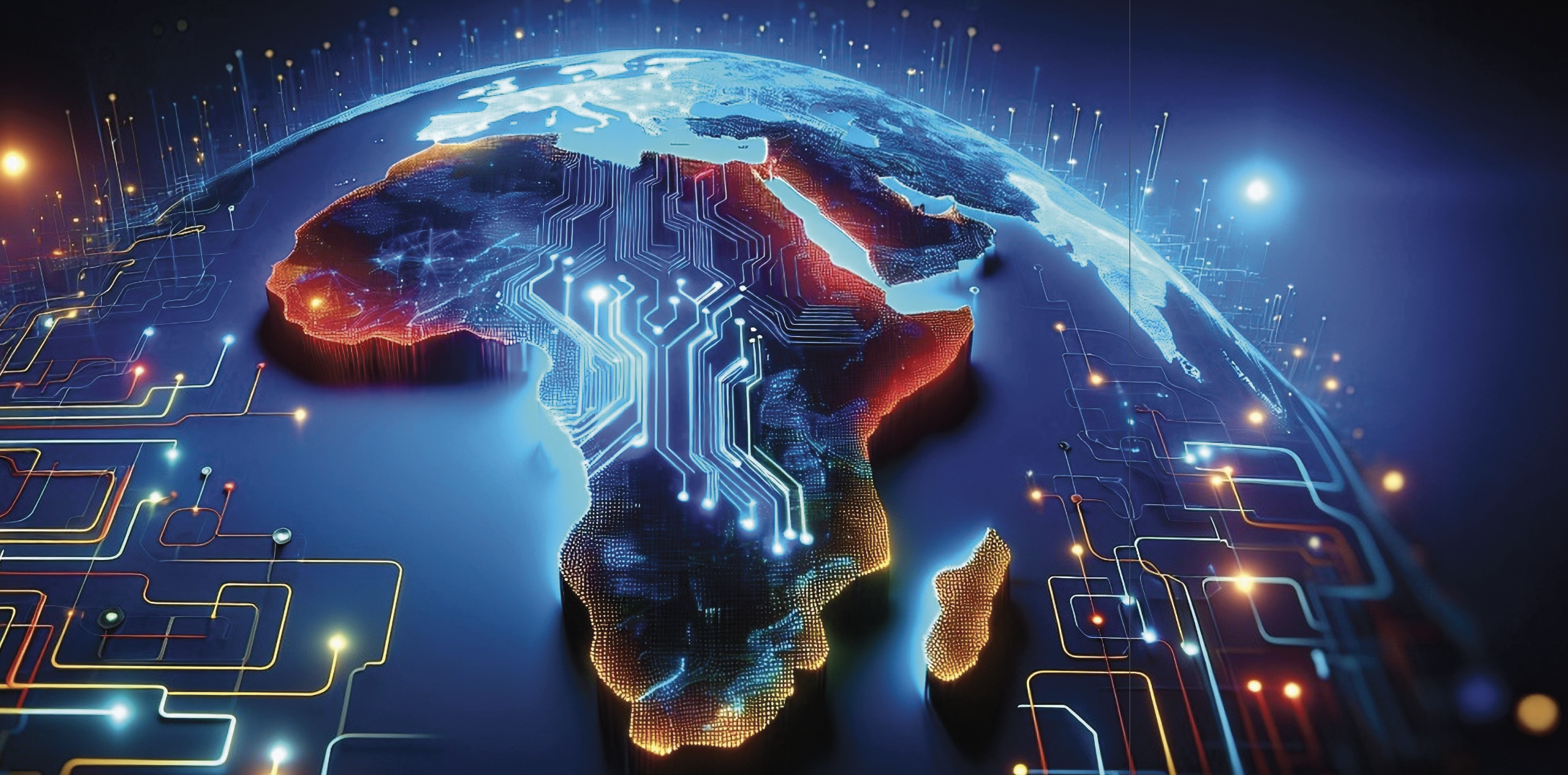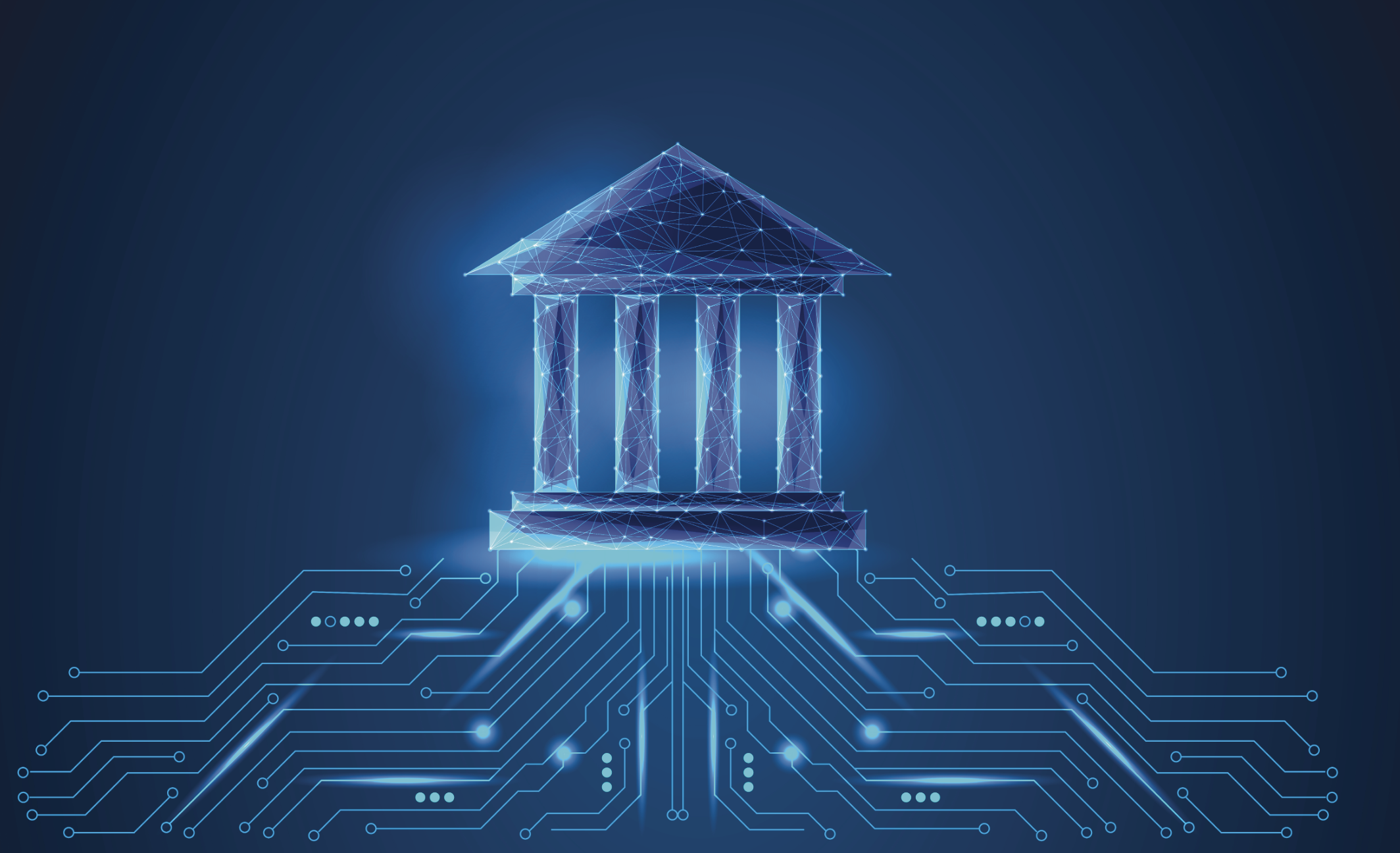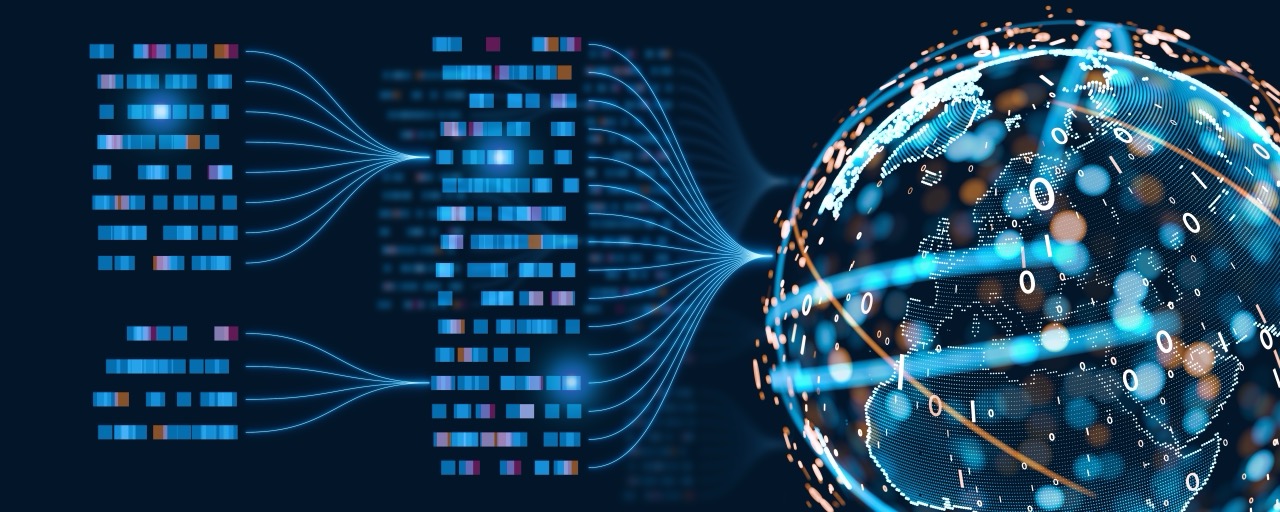Investing in prevention to secure the future
Interview with Kamal Kishore, special representative of the United Nations Secretary General for Disaster Risk Reduction
How much damage is caused by
disasters globally?
In recent years, the annual direct economic impact was around $310 billion. Add the indirect losses and disrupted ecosystem services, and it is several times higher. After an earthquake, for example, there’s the cost of rebuilding a bridge plus productivity losses while people’s access to markets is diminished. Over the long term, the assessed risk of direct and indirect losses exceeds $2 trillion.
The good news is that decade-on-
decade mortality from disasters such as cyclones, hurricanes and typhoons has gone down by almost 50%. Nonetheless, just in the first decade of this century, more than 100,000 people died in single events: the 2004 Indian Ocean tsunami, the 2005 earthquake in Kashmir, Cyclone Nargis in 2008 and the 2010 earthquake in Port-au-Prince. More people died from earthquakes in 2022, 2023 and 2024 than from other hazards. The risk of deaths from such low-frequency, high-impact events is extremely high. We cannot be
complacent.
Moreover, we’re likely undercounting indirect deaths. For instance, it’s difficult to attribute every death to extreme heat; records might say someone died of cardiac arrest but that underlying condition could have been triggered by the heat.
Why is strengthening disaster resilience and response key to fostering economic development?
First, it is more cost effective to invest in reducing risk than in responding after the fact. The benefit of a dollar invested can be as much as $14. Given there is less money for humanitarian response now, if you don’t spend now on prevention, you’re in an unsustainable downward spiral. Your humanitarian needs will increase without money available to meet those needs, so there is a clear economic logic.
Second, to reduce poverty and improve conditions for human flourishing across the world, we have to build infrastructure and create livelihood opportunities, in a manner that continues to serve us for a long time. Whether it’s roads, bridges, airports, railroads or renewable energy infrastructure, it needs to build resilience. This is a huge opportunity because half of the infrastructure that emerging economies will have by 2050 has not yet been built. And in advanced economies infrastructure needs to be renovated or rebuilt. We all need to get it right.
Third, we need to take a systemic view. Climate change is altering hazard patterns and our global economic system is entirely interdependent. The resilience of your business depends on the weakest port through which your goods move. What happens somewhere else is, sooner or later, going to be at your doorstep.
However, our capabilities for assessing and monitoring the performance of our systems are enormous, compared to just 10 years ago.
How are you working to improve things?
One priority of the G20 Working Group on Disaster Risk Reduction, since it was established during India’s 2023 presidency, is making a strong case for accelerated financing of disaster risk reduction. It’s about having the right kind of money at the right place to do the right things. It’s also about having national, subnational and local systems for using that money effectively for tangible reductions in losses.
Second, we need to understand where risk is at the national, subnational and local levels. We help with measuring and quantifying risk, and making sure that information and analytics are usable for making investment decisions.
Third, we focus on locally led adaptation and disaster risk reduction. In the last 15 years many countries have new legislation and institutions for disaster risk reduction: over 130 countries now have a national strategy. But things are not percolating down to the local level. So we work with governments in creating legal or financial conditions so more resources, authority and capacity are available subnationally.
Fourth, we have to do a much better job of recovering and rebuilding – in the physical sense and also social and economic systems, so livelihoods need to be more diversified, resilient and equitable.
The UN secretary general’s initiative on early warning for all has a very ambitious target to achieve 100% coverage for principal hazards. We are making swift progress. In July, after the earthquake in eastern Russia, the system informed communities as far away as North America about the resulting tsunami. That is a global good created out of multilateral action on early warning.
Extreme heat is also a major issue, for human health and for economic systems. It has implications for water resources and energy systems. We cannot air condition our way out of this problem: it requires economies to be more responsive to extreme heat conditions.
How much progress do you see having been made so far?
We’ll have momentum if we can agree on high-level principles for financing disaster risk reduction and a collaborative narrative that starts at the national level rather than global contestations about who pays for disaster resilience. Similarly we need to plan reconstruction and recovery programmes in advance rather than figuring out institutional and financial arrangements after an event.
On early warning systems, we can learn from the 50 countries with cell broadcast technology, so that disseminating warnings becomes efficient across the world. A lot can happen here in the G20.
In some countries, responsibility for disaster preparedness lies with the environment ministry, or infrastructure development, or the leader’s office. That diversity is a strength: it brings many different perspectives to the table and the issue does not become siloed. Disaster risk reduction is everyone’s business.
The G20’s power here is that it works on multiple issues. The finance track has a working group on sustainable finance and one on infrastructure. The sherpa track has working groups on tourism, the future of work, environment sustainability and so on, so there can be discussions across working groups.
